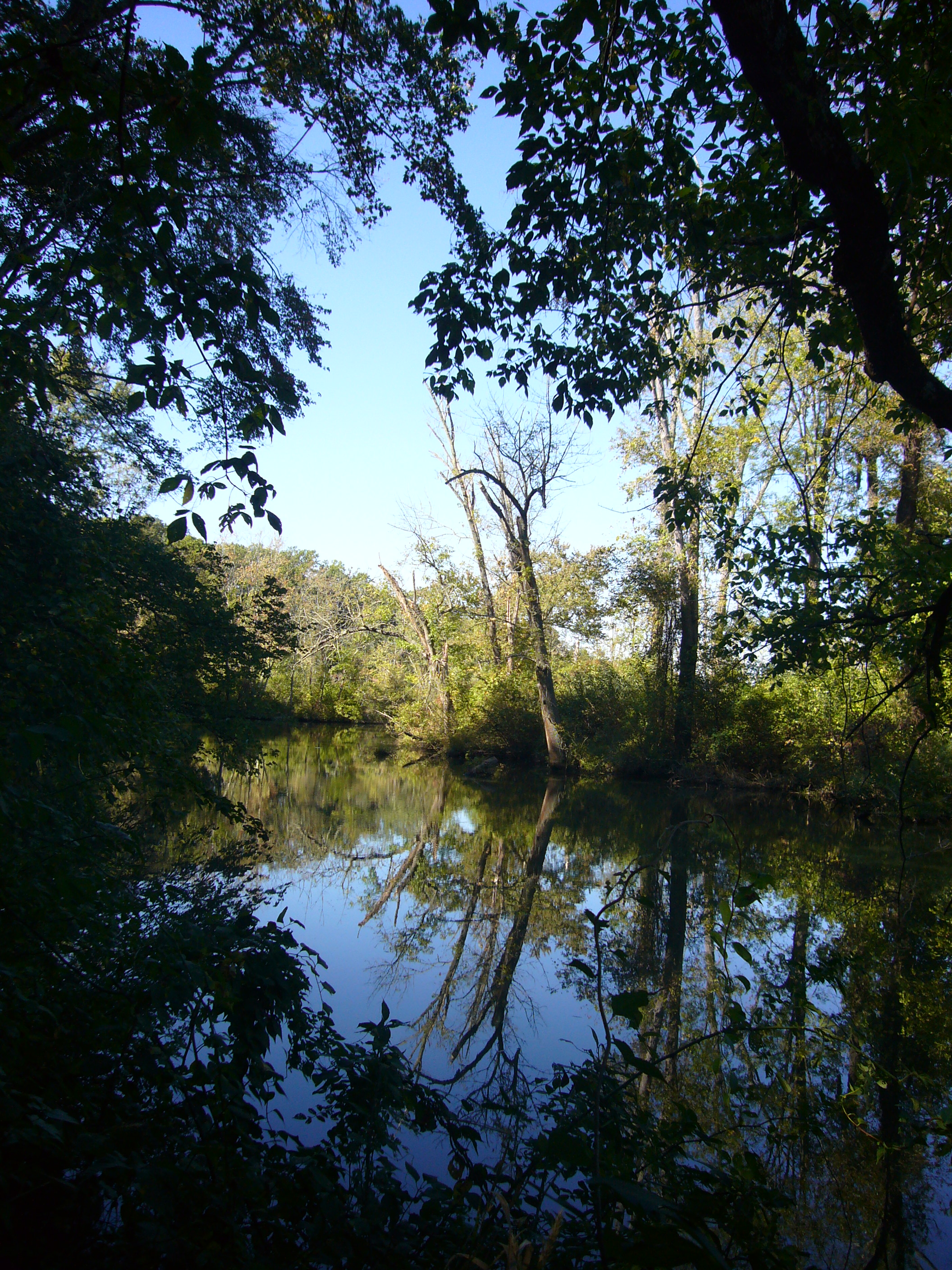 Environment
Environment Communities
Communities Regional Planning
Regional Planning
Stream corridor protection ordinances require development to be set back from stream banks, floodplains, and wetlands, and require the maintenance of natural vegetation within the corridor. This separation between development and streams creates a vegetated “buffer,” which protects water quality by trapping contaminants and excess sediments within stormwater, as well as reducing the volume and rate of stormwater runoff that flows into streams during storms. The land that is protected in this buffer zone can also serve as a greenway for open space and recreational purposes, and can add to the natural character of a community.
A well-functioning vegetated buffer typically requires a width of at least 50 feet, but the type and size of the stream and the community’s goals may necessitate different widths. Larger buffers provide greater benefits, and forested buffers are better than grass buffers.
- Model Riparian Buffer Protection Overlay District: Proposed Regulation for Use in a Municipal Zoning Ordinance, 2nd Edition, WeConservePA(2016)
- Riparian Zone Model Ordinance, NJDEP (2008)
- Horsham, PA
- Gibbsboro, NJ
- Moorestown, NJ
- Shamong, NJ
- Establishment of Stream Buffer Conservation Zone, Hamilton, NJ
- Conservation Overlay Zone, Camden, NJ
- Upper Salford, PA
